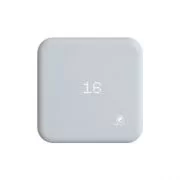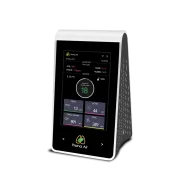![]()
The term “volatile organic compounds” (VOCs) refers to a large class of airborne organic substances that include both carbon and hydrogen and rapidly evaporate and scatter at ambient temperature. Many different types of building materials, paintings, furniture, and common consumer goods generate VOCs. A VOC’s powerful smell alone will let you know whether one is present.
Why are we talking about VOCs?
VOCs are extremely dangerous since they evaporate at room temperature and come from a range of unidentified sources. Long-term exposures can result in major kidney damage and cancer, while short-term exposures can result in headaches, eye, throat, and nose irritation.
VOCs and TVOCs
TVOCs (Total Volatile Organic Compounds) are used to represent the various groups of VOCs that can occur in an indoor environment because there are thousands of VOCs and many of them can exist in a room setting. A class of VOCs called Total Volatile Organic Compounds (TVOCs) is utilised to represent the entire pool of pollutants. Or we may say that TVOCs are the collective term for all VOCs.
VOCs’ Primary Sources
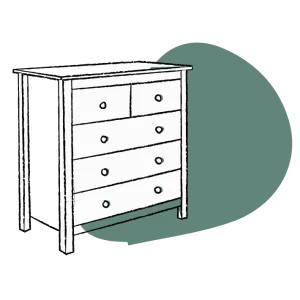 1. Plywoods and Furniture
1. Plywoods and Furniture
Formaldehyde or HCHO is the main VOC present in plywoods and particle boards. High levels of VOCs are present in new furniture, and as time goes on, they slowly leak out of the wooden furniture. It is referred to as off-gassing.
 2. Vinyl Flooring
2. Vinyl Flooring
Due to the materials used in vinyl production, a vinyl floor will produce some VOCs for a short time after installation. They have the potential to degrade the air quality where they are installed and, over time, to lead to a number of respiratory problems.
 3. Carpets and Upholstery
3. Carpets and Upholstery
In order to make carpets and upholstery, a variety of chemicals are employed. Therefore, it can be very problematic if they include VOCs. They may therefore present a number of health risks.
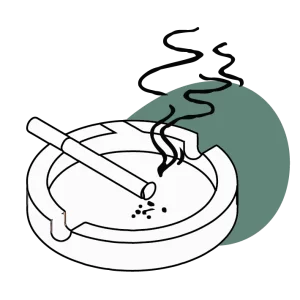 4. Smoking and tobacco products
4. Smoking and tobacco products
When tobacco products are burned and there is incomplete combustion of the tobacco, significant volumes of VOCs are created. Numerous respiratory and cardiovascular disorders are brought on by these VOCs.
 5. Photocopying and Printing
5. Photocopying and Printing
The printer toner is heated in order to print a paper. Small amounts of VOCs created by this process are released by them. Laser printers are capable of creating even dangerous ozone.
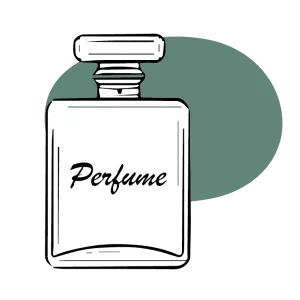 6. Perfumes
6. Perfumes
Have you ever experienced a sudden headache whenever a person wearing strong perfume passes by? That is because perfumes contain significant amounts of VOCs, which can make people feel lightheaded and headachey.
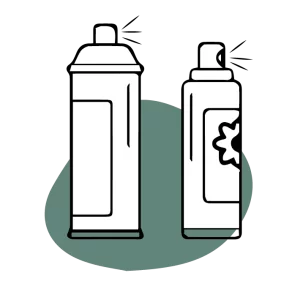 7. Cleaning products and Air Fresheners
7. Cleaning products and Air Fresheners
VOCs are known to seriously affect human health and are contained in many air fresheners and household cleaning products. These frequently include endocrine imbalance, asthma, and eczema.
 8. Paints
8. Paints
Have you ever wondered why a freshly painted wall has a strong smell that gradually fades over time? This is as a result of the VOCs included in paints. They gradually disappear over time as a result of off-gassing.
 9. Markers, glue, and whiteners
9. Markers, glue, and whiteners
Supplies for hobbies are designed to dry out fast at ambient temperature. Because of this, materials used to manufacture hobby products like markers, glue, and whiteners include VOCs that readily evaporate at room temperature, rendering them equally hazardous.
 10. Candle and incense burning
10. Candle and incense burning
The design of scented candles and incense sticks ensures that they fill the air around them with a pleasing perfume. However, they contain VOCs that, when burned, evaporate and spread throughout the space, which some people may find bothersome.
VOCs’ Health Effects
The likelihood of VOCs to have negative effects on health varies greatly, from extremely dangerous to those with no documented negative effects. The impact of VOCs on human health depends on the chemical exposure’s concentration and duration.

Short-term health effects may include:-
VOCs can have short-term health impacts that can endure for hours or even days. Breathing difficulties, an allergic skin reaction, lightheadedness, nausea, and exhaustion are a few symptoms that may occur. Short-term health effects may include:

– Eye, nose, and throat irritation:
VOCs emit potent scents. When inhaled, these can irritate your eyes, nose, and throat.
– Skin problems:
When VOCs are exposed to sunshine and NOx, a photochemical reaction results in the release of O3, which can lead to a number of skin issues.
– Headaches:
When exposed to relatively modest amounts of VOCs over a short period of time, strong odours can give people headaches.
– Vomiting:
In the short term, VOCs might make you feel queasy and lightheaded, which can make you lose your balance and throw up.
Long-term health effects
Your health may suffer greatly from long-term exposure to VOCs, with symptoms that may persist for years. Your health may be negatively impacted for a long time by VOCs like benzene and C6H6. Symptoms may include chronic headaches and loss of coordination. Long-term health impacts may include:

– Irritation in the lungs:
High amounts of VOC exposure can lead to airway inflammation, which can irritate the lungs.
– Liver and kidney damages:
Long-term VOC exposure can result in a number of health problems, including kidney and lung damage.
– Central Nervous System damages:
Toxins like toluene and xylene can seriously harm the nervous system when exposed over an extended period of time.
– Cancer:
Numerous authorities believe that many indoor VOCs are carcinogenic or at least may be. These include formaldehyde and benzene.
Preventative steps to lower the amount of VOCs in your environment
Since we spend more than 90% of our time indoors, indoor air pollution can be up to 5 times worse than outdoor air pollution, thus it’s critical to monitor TVOC levels and make every effort to lower them.
 1. Ventilation
1. Ventilation
When it comes to lowering indoor air pollution, ventilation is crucial. Keep your windows and doors open to allow airflow to lower the concentration of harmful toxins.
 2. Climate Control
2. Climate Control
At temperatures above room temperature, VOCs evaportate and scatter. In order to prevent the evaporation and dispersion of VOCs, temperature and humidity should be kept as low as feasible.
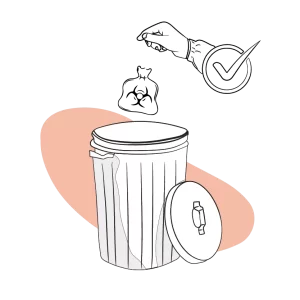 3. Dispose of unused chemicals
3. Dispose of unused chemicals
Remove or discard any unused and unwanted substances. Throw away any unused chemicals and purchase paint or varnish as needed.
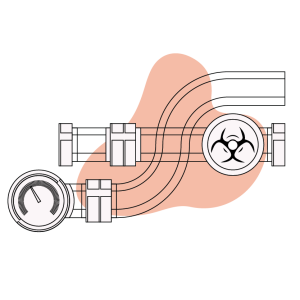 4. Check for chemical leakages
4. Check for chemical leakages
Leaks of chemicals have the potential to endanger both people and property. Always keep an eye out for chemical leaks if you have chemicals stored.
 5. Choose the right time for renovations
5. Choose the right time for renovations
Humans shouldn’t be exposed to pollutants during renovations. Renovations must be carried out when nobody is inside the building.
 6. Control Potential VOC emitters
6. Control Potential VOC emitters
Kerosene and other fuels shouldn’t be burned inside. To keep VOC levels under control, sources including fuel combustion and indoor smoking should be cut back.

